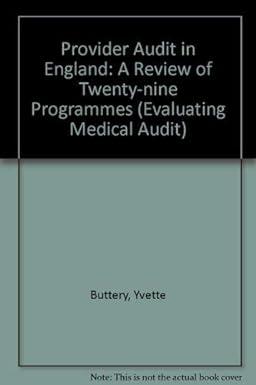Question
Study Guide Chapter 2 Understand product costs, period costs, prime costs, conversion costs, opportunity costs o Definitions and examples o Know how to compute them
Study Guide
Chapter 2 Understand product costs, period costs, prime costs, conversion costs, opportunity costs
o Definitions and examples o Know how to compute them (e.g., conversion cost per unit) Understand manufacturing costs and their examples; know how to compute total manufacturing costs, manufacturing costs per unit
Understand cost of goods sold and know how to compute it (beginning inventory, purchase, ending inventory, freight-in, freight-out)
Understand cost of goods manufactured and know how to compute it (beginning WIP, DM used, DL, MOH, ending WIP, beginning FG, ending FG)
Understand absorption costs
Understand the difference between gross margin and contribution margin, and know how to compute them
Understand cost behavior: fixed costs and variable costs (total and per unit); how will they change based on changes in activity levels; relevant range
Chapter 5 Understand the cost estimation equation: TC = FC + VC*X; or Y = a + b X o Interpret each component, each letter/variable and their characteristics
Understand the high-low method . Advantages and disadvantages o Compute variable costs (per activity level and total) and total fixed costs
o Write out cost estimation equation and predict total costs based on an activity level Regression analysis for cost estimation
o Interpret results from regression analysis: Intercept, coefficient, R-square, adjusted R-square
o Write out cost estimation equation (if given the regression analysis results) o Identify AND compute fixed costs, variable cost (per activity level and total), total costs, predicted costs based on an activity level
Chapter 3 Understand the definition of contribution margin and know how to compute total CM, unit CM, and CM ratio (simple income statement or may combine with chapter 2 materials: DM, DL, MOH, product costs, period costs, etc.) o Understand the location of CM and its relationship with other items in the income statement
Breakeven and target profit analysis (remember the formula!!) o Understand the breakeven point and know how to compute it (in units sold and in sales dollars) o Know how to compute # of the units sold (or sales dollars) to achieve a target profit
Understand margin of safety and know how to compute it (in units and in sales dollars)
Compute new/expected operating profit o Given contribution margin income statement, but with a new sales volume o If there are some changes in fixed costs, sales volume, variable costs per unit, etc.
Chapter 4
Understand differential analysis: differential costs and differential revenue
Special order analysis: what costs are relevant? whether to accept? how would the operating profits change (and by how much)?
Make-or-buy analysis: what costs are relevant? how would the operating profits change if switching from one to the other?
Drop or add analysis: the impact on the operating profit (income) if dropping a line/segment/product
Product choice decision: which measure do we compare between products? which product(s) to produce and how many units to produce? How much would be the maximum CM?
Step by Step Solution
There are 3 Steps involved in it
Step: 1

Get Instant Access to Expert-Tailored Solutions
See step-by-step solutions with expert insights and AI powered tools for academic success
Step: 2

Step: 3

Ace Your Homework with AI
Get the answers you need in no time with our AI-driven, step-by-step assistance
Get Started


